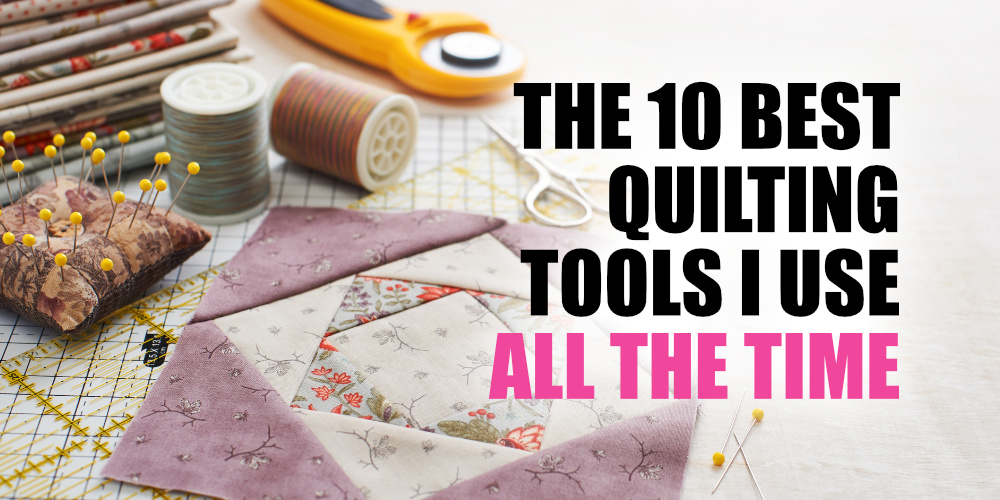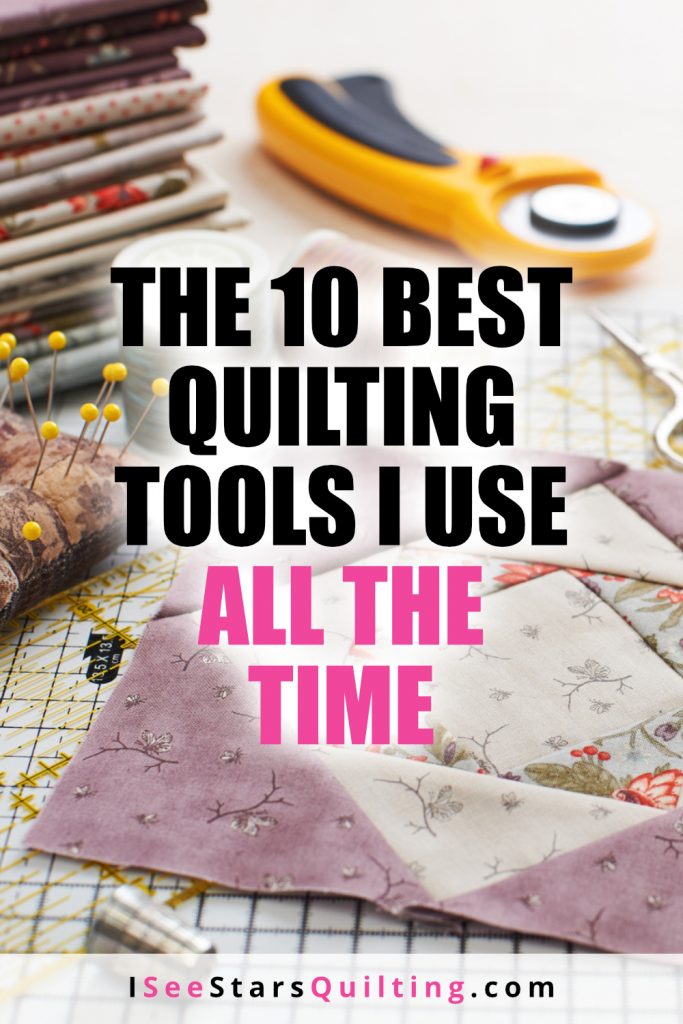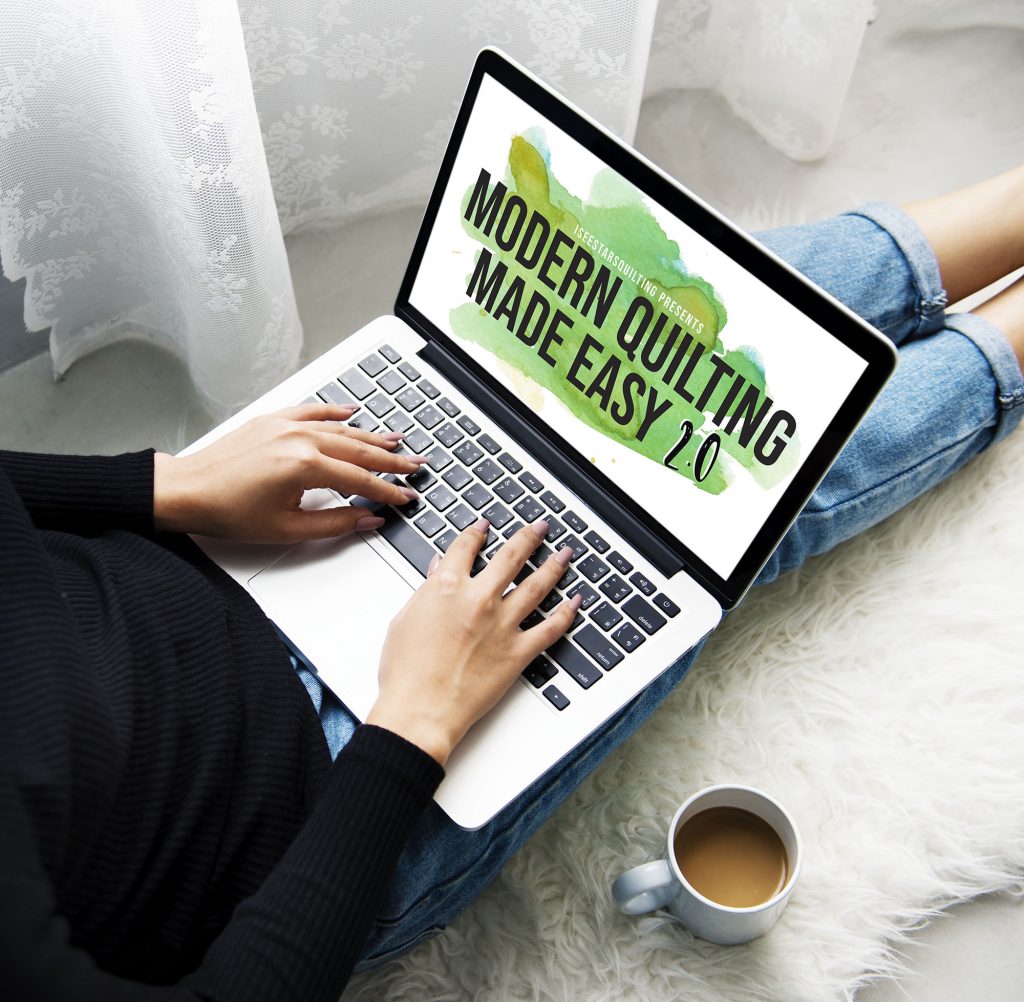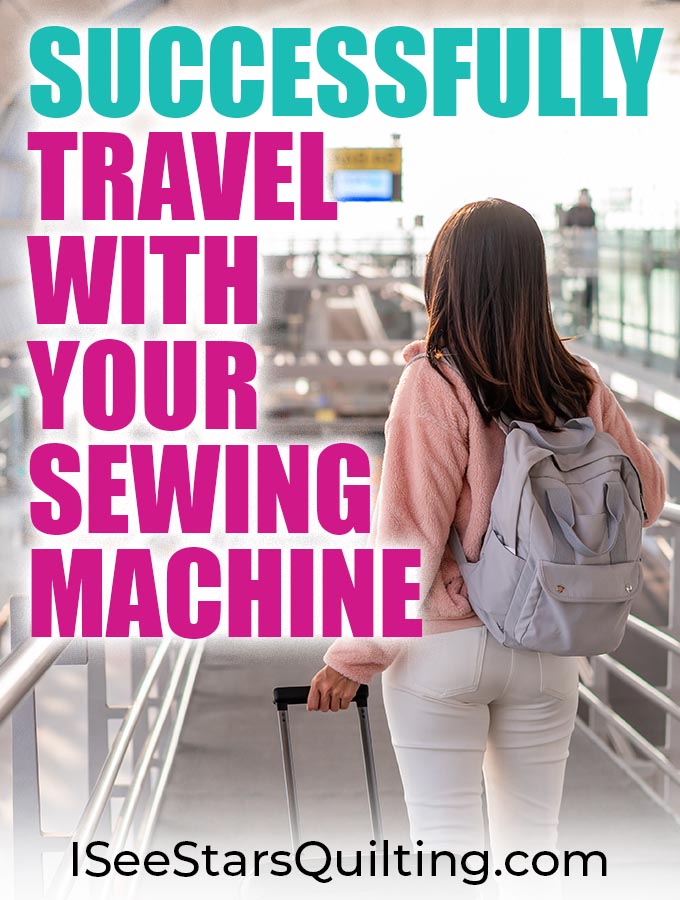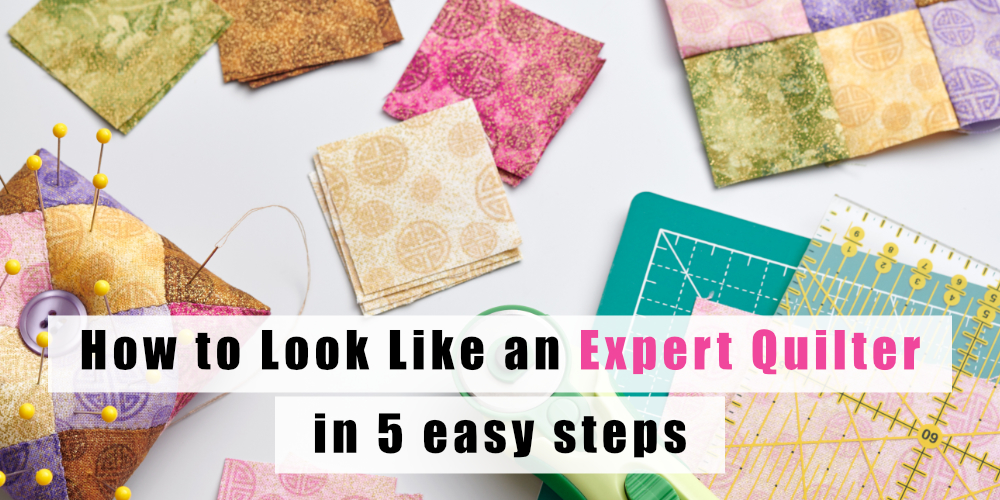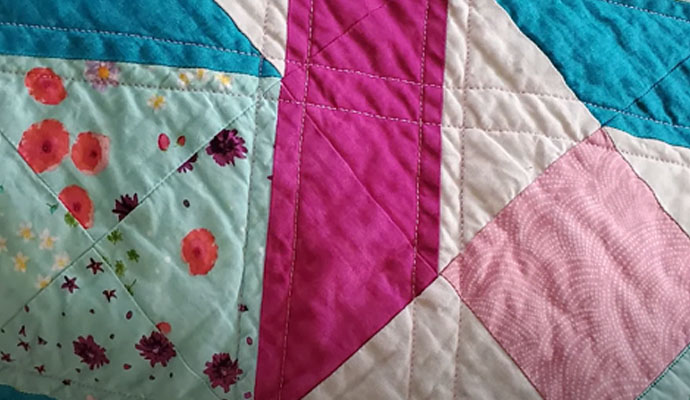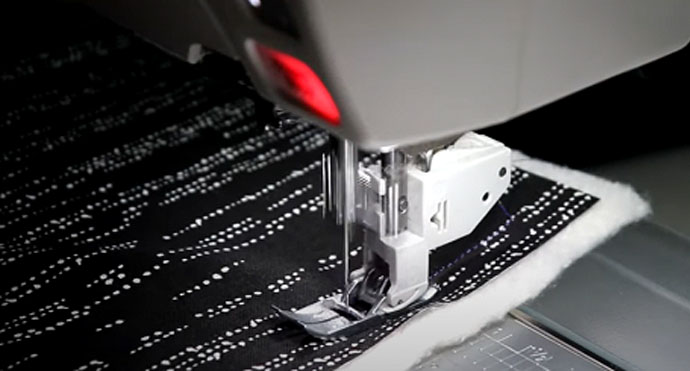5 Things I WISH Someone Had Told Me As A New Quilter
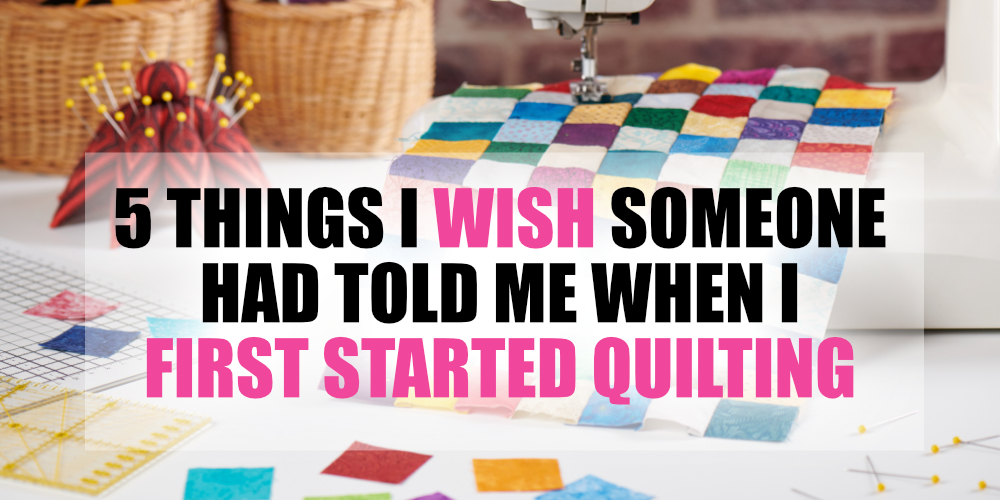
If this is your first time here, I’m Christen and I love sharing tips, tricks, and tutorials for the modern quilter. Here you’ll find everything I’ve learned from my own quilting mistakes and disasters, so you don’t have to make those mistakes yourself.
Here are my top 5 tips for brand-new quilters.
Tip #1: Doing is your best teacher
Don’t fall into the trap of thinking that if you watch YouTube videos and do a lot of research, you’ll learn all you need to know and skip the beginner stage. It’s not going to happen. You have to do the work and make mistakes in order to get better at your craft. Sadly, there are no shortcuts.
Tip #2: You can’t avoid making mistakes
The only way you are going to learn and get better is by making mistakes, undoing them, and then doing things correctly. After the third time you’ve made the same mistake, you’ll learn how not to make it a fourth time.
But even then you’re not done, because it’s highly likely you’ll make the same mistake sometime in the future. It’s always a land of the unknown when you start working on a new quilt pattern.
Tip #3: Don’t compare your beginning to someone else’s middle
Don’t compare the beginning of your journey in the quilting world to the middle of another experienced quilter’s journey. They’ve dealt with things you haven’t seen yet, and they know how to do things because they’ve done them many, many times (and made their share of mistakes too).
Keep quilting, keep going. Eventually, you’ll leave the frustration of the beginner stage behind.
Tip #4: Don’t have too many teachers
There comes a point when you can have too many teachers because there are many ways to do the same task. If you’re learning from YouTube or you have a group of quilters in your neighborhood, they might all be teaching you different ways to do the same thing.
It’s awesome to know there are different ways of doing things, and it’s good to figure out which way works for you, but you don’t have to know absolutely everything to do one task. Once you’ve figured out what works for you, follow that.
Find the 10-15 people that are most like you and what you want to be, and gain knowledge from them.
Learn their tips, tricks, and methods they use, and stay focussed on them because that’s going to get you closer to your end goal. Let the others fall into the background.
Quilters are generous with their advice, but while all that knowledge is good to have, too much information can be overwhelming. You don’t need to know everything all at once.
Choose to learn piece by little bitty piece. The rest will be there whenever you’re ready for it.
Tip #5: Accuracy is in the details
I know there are a lot of moving parts to a quilt, from choosing fabrics to cutting and everything in between, but accuracy is crucial. Paying attention to the details like a quarter-inch seam or ensuring your pieces are cut accurately makes all the difference to the end product.
When I first started quilting, I couldn’t understand why my piecing was off when I came to the end of the quilt. But when someone explained it to me, I realized I wasn’t being 100% accurate with my seam allowance and cutting. Even a tiny bit of extra fabric can add up when you have multiple pieces.
If you’re struggling with accuracy, practice on simpler patterns to get those skills under your belt before moving on to bigger ones.
–
Quilting can be a daunting task, but with practice and these tips, you can become a confident quilter. Don’t be afraid to get your hands dirty, make mistakes, go at your own pace, focus on the quilters you want to learn from, and pay attention to the details. Happy quilting!
Next steps
Make sure your first finished project stays looking as beautiful as the day you completed it with our Quilt Care 101 Guide. Download this FREE resource at https://stitch.academy/quilt-care-101.




